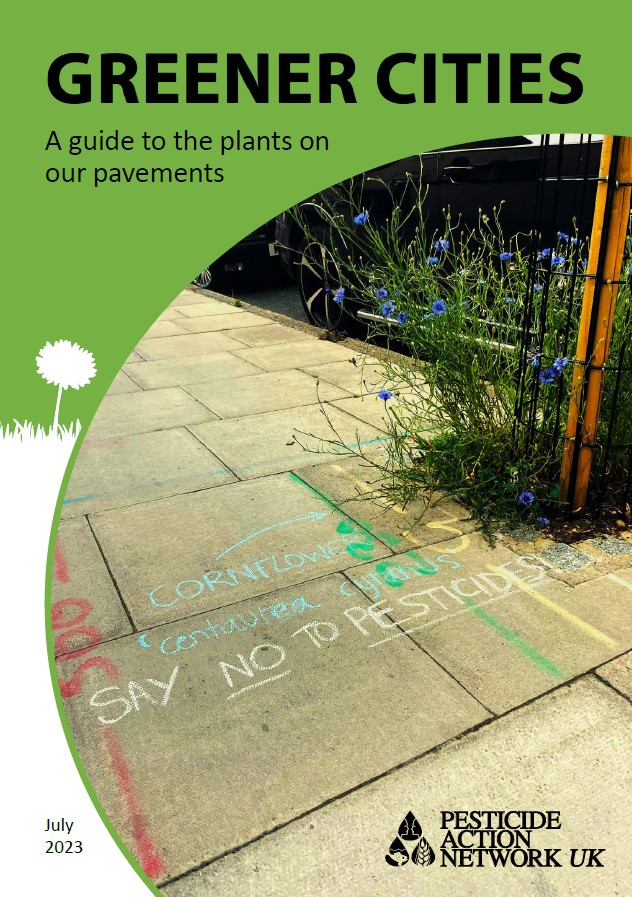Greener cities: celebrating pavement plants
We are in the midst of a biodiversity crisis, and it is vital that we take action to ensure our towns, cities and other urban areas are havens for wildlife.
Most councils in the UK still look to maintain a ‘neat and tidy’ approach on our streets, parks, and playgrounds.
We prefer to celebrate weeds and the many health, wellbeing and environmental benefits they provide. These wild plants play a valuable role in supporting bees, pollinators, birds, and many other species that forage or shelter on them. They have their own intrinsic beauty that can bring joy to those of us that are lucky enough to see them.
Going pesticide-free in our towns and cities and allowing nature to thrive does not need to result in overgrown streets that compromise on accessibility. We recommend a nuanced approach that recognises the need to keep pavements clear for health and safety reasons, but also encourages wildlife wherever possible.
Our cities can be both well maintained and thriving with biodiversity, but it takes imaginative designing, attentive planning and dedicated maintenance to be successful.
Let’s turn a spotlight on our urban plants and give them the recognition and appreciation that they deserve.
Our ‘Greener Cities’ guide launched on 4th July with a wonderful conversation between Dr Amanda Tuke (urban botanist and contributing author), Brigit Strawbridge Howard (naturalist and author of ‘Dancing with Bees’) and Sarah Cooke (Associate Landscape Architect, Groundwork), turning a spotlight on some of the many plants that thrive on our streets and providing an insight into their importance. We also discussed ways of purposefully designing the wild spaces in our cities to benefit biodiversity and practical actions that we can all make. Do watch the recording below.

